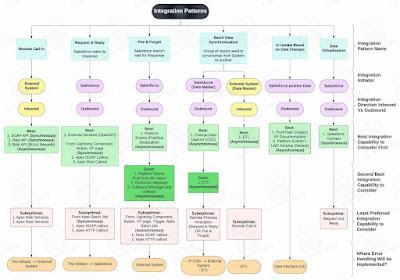Here's a quick breakdown to help you make the right call 💡
🔹 𝐀𝐠𝐞𝐧𝐭𝐬: Autonomous, Context Aware, Action Oriented
🔹 𝐏𝐫𝐨𝐦𝐩𝐭 𝐓𝐞𝐦𝐩𝐥𝐚𝐭𝐞𝐬: Fast, Focused, Stateless
🔹 𝐀𝐠𝐞𝐧𝐭𝐬:
Agents are like AI project managers they think, reason and act based on evolving context.
✅ 𝐁𝐞𝐬𝐭 𝐮𝐬𝐞𝐝 𝐰𝐡𝐞𝐧:
↳ The Context is dynamic
↳ Multi step reasoning is required
↳ AI needs to make decisions or take action
↳ There’s a need for external API calls or workflow automation
🛠️ 𝐔𝐬𝐞 𝐂𝐚𝐬𝐞𝐬:
↳ Multi-step appointment scheduling 🗓️
↳ Drafting dynamic, data-rich customer responses 💬
↳ Troubleshooting via API-triggered workflows ⚙️
Agents are stateful, meaning they remember past steps and adjust based on new data, a powerful tool for orchestrating complex logic with AI.
------------
🔹 𝐏𝐫𝐨𝐦𝐩𝐭 𝐓𝐞𝐦𝐩𝐥𝐚𝐭𝐞𝐬:
Think of prompt templates like laser focused AI assistants, perfect for single turn interactions where you just need one output based on structured data.
✅ 𝐁𝐞𝐬𝐭 𝐮𝐬𝐞𝐝 𝐰𝐡𝐞𝐧:
↳ The business context is clear and stable
↳ The task focused and well defined, like summarizing a case or rewriting a sentence
↳ The desired output is predictable, not deterministic
↳ Multi step reasoning is not required
🛠️ 𝐔𝐬𝐞 𝐂𝐚𝐬𝐞𝐬:
↳ Case note summaries 📝
↳ Templated email replies 📧
↳ Meeting note generation 🗓️
↳ Next best action suggestions 🎯
Built in Prompt Builder, these templates securely access Salesforce data via data graphs, RAG, and predefined fields—all while staying inside the Trust Layer ✅


